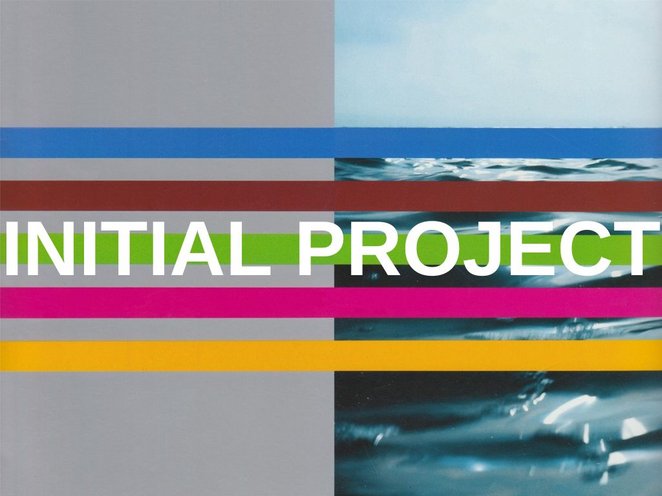How it all began
In early 1995 the Swiss government had to choose between three proposals for the forthcoming National Exhibition. There were actually three ways of regarding territory. Geneva proposed centrality with a project about the brain, whereas Ticino drew “new frontiers” in a territory focused on polarity. For the Three Lakes Region, Laurent Geninasca, Luca Merlini and Michel Jeannot introduced their territory as a network: Time or Switzerland on the Move. The Federal Council bravely chose the last option and, doubtlessly, most daring proposal – not least because its functional and design principles were based on uncertainty and chance. Hence, the national exhibition, abandoning its slightly old-fashion tradition, turned into a laboratory to explore today’s economic, political, cultural and spatial “territories”. Switzerland is very densely populated and there was no more scope for additional conglomerations; therefore it comes as no surprise that the network should be assigned the roles of location, time and scenographic space: the lakes, landscapes and cities transformed into programming centers and infinite voyages.
The exhibition was determined by three elements: the Arteplages – in Bienne, Morat, Neuchâtel and Yverdon-les-Bains – temporary venues with a special theme whose urban structure created a new link between the city and the lake. The ateliers-passagers, a space for exhibitions and experiments, cruising about on the three lakes and connecting the Arteplages. During the voyage on the lakes, Expo guests visited one Arteplage after the other and thus, by accident rather than by design, they entered a new environment like changing from one time zone to another. Helvéthèque is an artificial island, the delicate point where routes cross. Hence the national exhibition functioning was, at the same time, its own mise-en-scène: an overall aquatic work of art which was constantly on the move. Its structure was a metaphor of federalism in Switzerland, and of the endeavor to create a harmonious entity despite all the differences. Switzerland on the Move was a scenario for the contrat spatial, or spatial contract. Torn between the total experiment and the restrictions of the feasibility study (1995) which assessed that the project was possible and manageable, one question arose: “What was the first national exhibition in the 21st century supposed to look like? In view of this very difficult question, internal tension increased. In the end, the initial project planners were dismissed. Starting in 1996, there was a series of different management teams. Perhaps this is the reason why Expo.02 remained a collective piece of work in progress: Each new team adapted what had already been achieved and enhanced it with their own ideas. What became of the original concept? The contemporary architecture of Expo.02 was characterized by a magical touch with volumes, materials and patterns, and yet it managed to respect the surrounding landscape and find a balance between avant-garde and public opinion. During the maturing process it decided to do without a new relationship between space and movement. Although Expo.02 was decentralized it made use of a common, traditional concept: a series of pavilions dominated by a different icon on each Arteplage. The result: Expo.02 turned out to be a successful monumental representation of contemporary Swissness rather than a “full-size” practical instrument enabling experimental experiences with space.
Luca Merlini, 2003, taken from the publication Architecture.Expo.02

